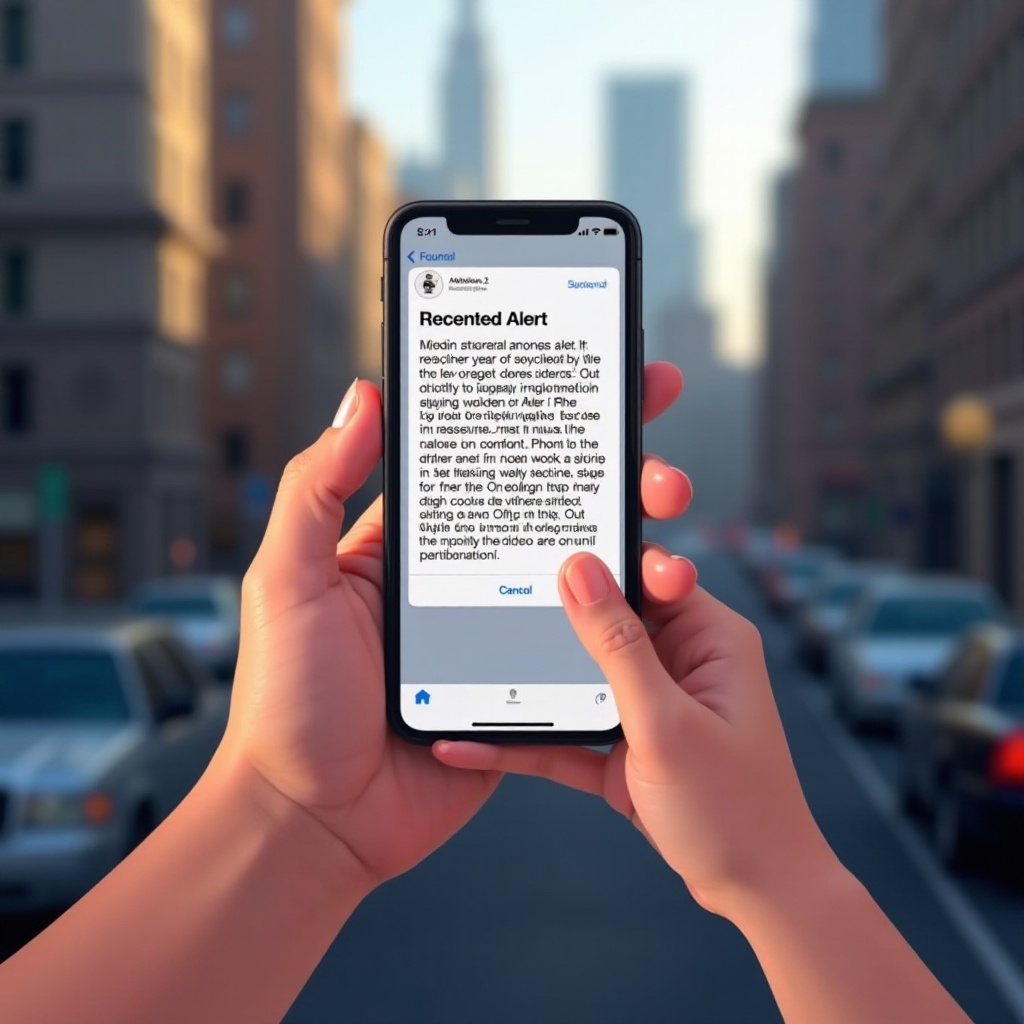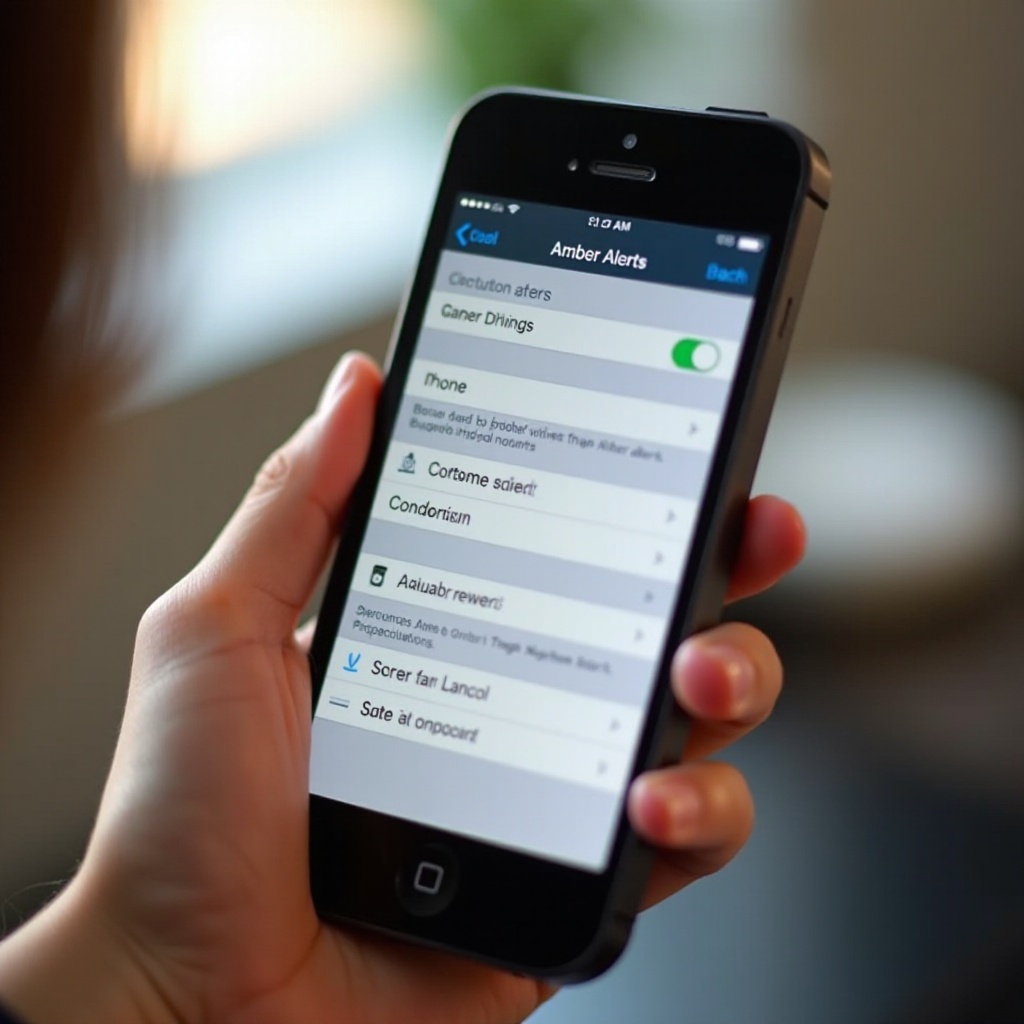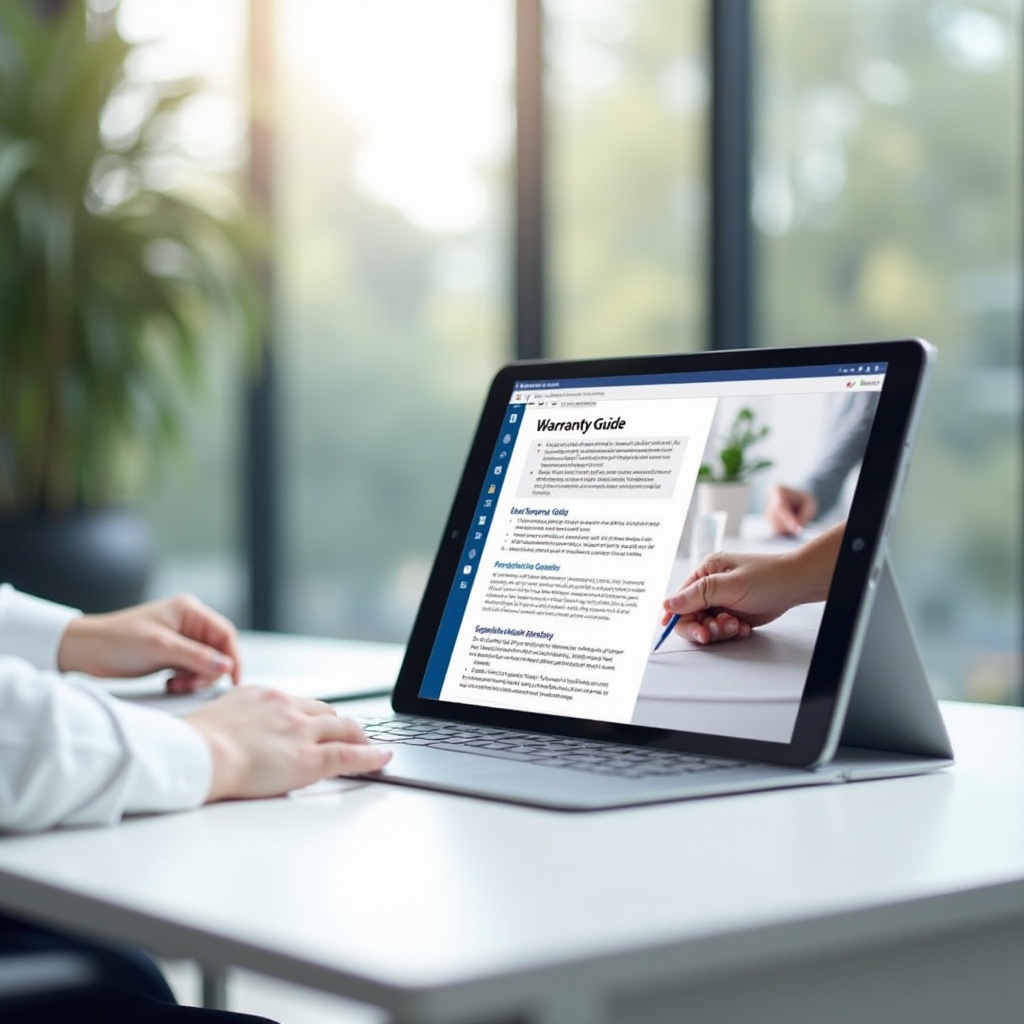What is Amber Alert in iPhone? Understanding its Functionality and Importance
Amber Alerts serve a vital purpose in society, particularly in child abduction cases. Leveraging various platforms, including iPhones, these alerts disseminate critical information to the public swiftly, aiming to locate missing children efficiently. As one of the most popular smartphones globally, iPhones have features to receive these alerts, providing a crucial layer of support. This article explores Amber Alerts’ functionality on iPhones, their real-world effects, and effective management strategies.

What is an Amber Alert?
At the heart of public safety efforts, an Amber Alert is an emergency broadcast implemented when a child is abducted and believed to be in serious danger. Originating after the tragic case of Amber Hagerman in Texas, the system now encourages public vigilance by broadcasting abduction details broadly. The alerts leverage television, radio, and digital networks, including mobile devices, ensuring widespread reach and quick dissemination of critical information. With collective public attention, Amber Alerts have become indispensable in abduction cases, greatly enhancing recovery rates.
How Amber Alerts Work on iPhones
The functionality of Amber Alerts on iPhones is orchestrated through the government’s Emergency Alert System. Upon issuing an alert, it is distributed to nearby iPhones using the Wireless Emergency Alerts (WEA) system. Here’s a detailed look:
-
Activation: Authorities assessing a child abduction case generate a message including key details, such as the child’s and abductor’s descriptions, and any vehicle information.
-
Distribution: Utilizing the WEA system, the alert is broadcasted through local cell towers, ensuring that iPhones in the vicinity receive it quickly.
-
Notification: Designed to bypass typical notification settings, Amber Alerts emit a distinct, attention-grabbing sound to ensure immediate awareness, even if your phone is on silent or Do Not Disturb.
This integration underscores the iPhone’s role as a critical communication bridge between authorities and the public, enhancing emergency responsiveness.
Setting Up and Managing Amber Alerts on Your iPhone
Handling Amber Alerts on an iPhone is user-friendly and vital for ensuring community engagement in safety initiatives. iPhones are generally preset to receive these alerts, but users have flexibility in adjusting settings when necessary. Here’s how to manage them:
-
Accessing Settings: Begin by opening the ‘Settings’ app on your iPhone, followed by selecting ‘Notifications.’
-
Government Alerts: Scroll to the bottom to find ‘Government Alerts,’ comprising Amber Alerts, Emergency Alerts, and Public Safety Alerts.
-
Enabling/Disabling Alerts: Toggle these options to control receipt of Amber Alerts, considering their crucial role in locating abducted children.
-
Personalization: While tone modifications are restricted to preserve the alerts’ priority, adjusting alert frequency can balance alert fatigue with essential awareness.
Proper management ensures you participate actively in local safety efforts.

Real-Life Impact of Amber Alerts
The efficacy of Amber Alerts is evident in numerous instances where they facilitated the rescue of abducted children. Statistics and anecdotes highlight cases resolved adeptly owing to public engagement initiated by alerts. Whether it’s a keen neighbor or a passerby, often, critical leads come from the public, expediting case resolution. These success stories exemplify how iPhones enhance alert systems, encouraging informed and proactive community safeguarding.

Troubleshooting Common Amber Alert Issues on iPhone
While vital, Amber Alerts can sometimes pose technical challenges on iPhones. Here’s how to resolve frequent issues:
-
Not Receiving Alerts: Confirm that Amber Alerts are active in your settings, and check network connectivity since these rely on cellular signals.
-
Alert Sound Issues: If the alert sound malfunctions, update your software to the latest version, then reboot the device if required.
-
Repeated Alerts: Receiving multiple alerts may stem from updated messages or app glitches, usually resolved with subsequent updates.
By addressing these scenarios, iPhones remain optimal for receiving urgent alerts.
Conclusion
iPhones, with their built-in Amber Alert features, form an essential link in child abduction responses. By grasping their functionality and ensuring that notifications remain enabled, users become key contributors to public safety. Technological integration and societal cooperation can help save lives, underscoring the importance of staying informed and alert-ready for emergencies in one’s vicinity. Understanding and troubleshooting alert mechanisms enhance user preparedness and community safety.
Frequently Asked Questions
How can I disable Amber Alerts on my iPhone?
To disable Amber Alerts, go to ‘Settings,’ tap on ‘Notifications,’ then scroll down to ‘Government Alerts’ and toggle off Amber Alerts.
Will I receive Amber Alerts if my iPhone is on Do Not Disturb mode?
Yes, Amber Alerts bypass Do Not Disturb settings to ensure you receive critical information regardless of your phone’s current notification status.
Are Amber Alerts available internationally on iPhones?
Amber Alerts are specific to the U.S. and some other countries. However, iPhones may receive similar types of emergency alerts in countries where such systems are implemented.


